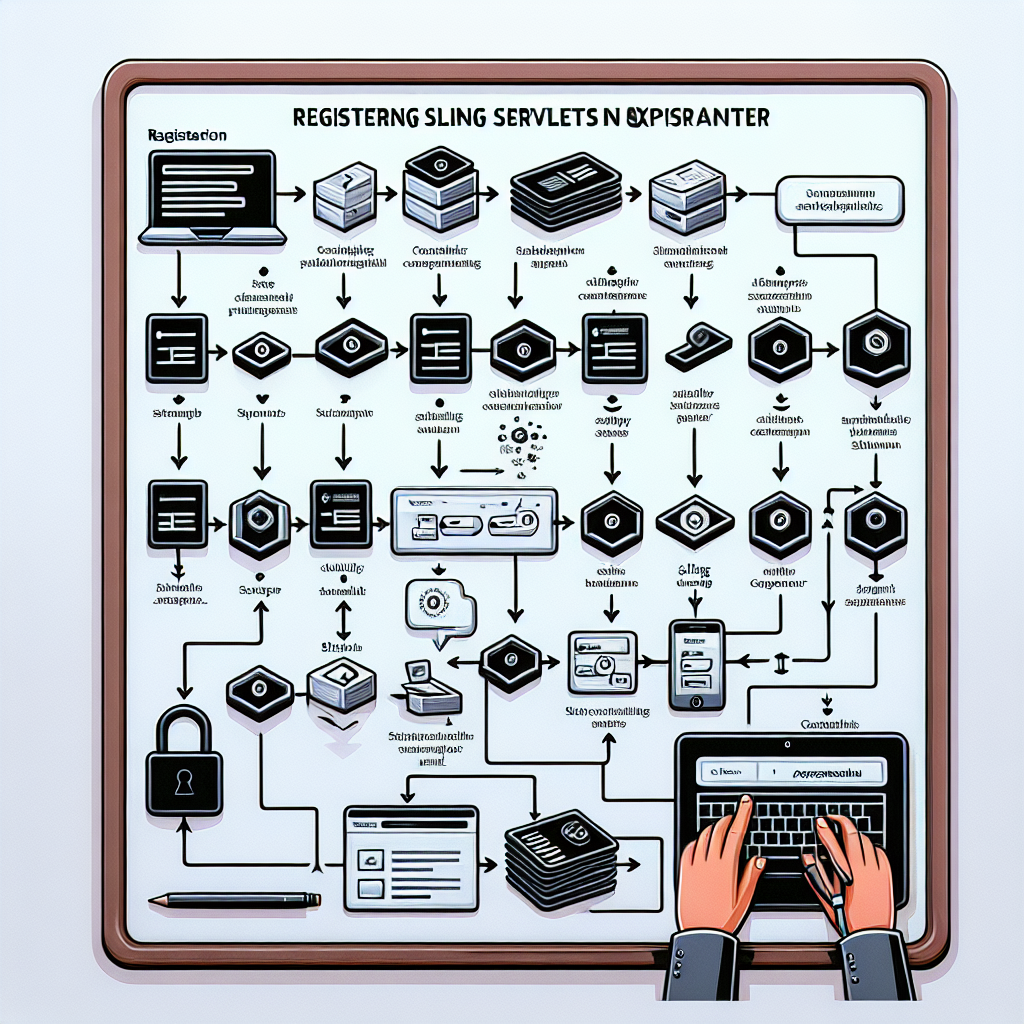Ignoring Already Modified Files in Git
Welcome to the Continuous Improvement podcast, where we explore tips, tricks, and strategies for enhancing your personal and professional growth. I'm your host, Victor, and in today's episode, we'll be discussing how to handle a rare scenario in Git when you want to modify a file without committing the changes.
Have you ever found yourself in a situation where you need to modify a file, but you don't want to include those changes in your Git commit? Perhaps you're experimenting with some code, or you have local configuration changes that are specific to your environment. Well, there's actually a solution for this, and today we'll be diving into it.
Now, typically, when you want to exclude a file or a directory from being tracked by Git, you would use the .gitignore file. However, this method won't work if the file is already being tracked. So what should we do in such cases?
The solution lies in the git update-index command. By using this command, we can manually ignore specific files without modifying our .gitignore file. Let me walk you through the process.
To ignore a file and prevent it from being committed, you need to execute the following command in your Git terminal:
Let's break this down. --assume-unchanged is the flag used to tell Git to ignore the file, and <file path> refers to the specific file you want to exclude. By executing this command, Git will no longer consider any changes made to that file when you're committing your code.
Now, what if you want to start tracking the file again and include its changes in future commits? No worries. You can simply revert this action by using the following command:
So, in essence, this command undoes the ignore action and allows Git to track any future modifications you make to the file.
It's important to note that while using --assume-unchanged, if you make any changes to the file and try to switch branches, Git might prompt you to either stash or discard those changes. So, be cautious and ensure you're aware of the potential consequences.
And there you have it - a simple and effective way to modify a file without committing the changes to Git. Remember to use the git update-index command with the --assume-unchanged flag to ignore the file, and the --no-assume-unchanged flag to revert it.
I hope you found this tip useful, and if you have any questions or need further clarification, feel free to reach out. The power of Git lies in its flexibility, and it's always good to know these tricks that can make your version control workflow smoother.
That wraps up today's episode of Continuous Improvement. Thank you so much for tuning in and joining me on this journey of growth. If you enjoyed the show, don't forget to subscribe and leave a review. Stay tuned for more insights and strategies to help you continuously improve. Until next time, I'm Victor, signing off.



